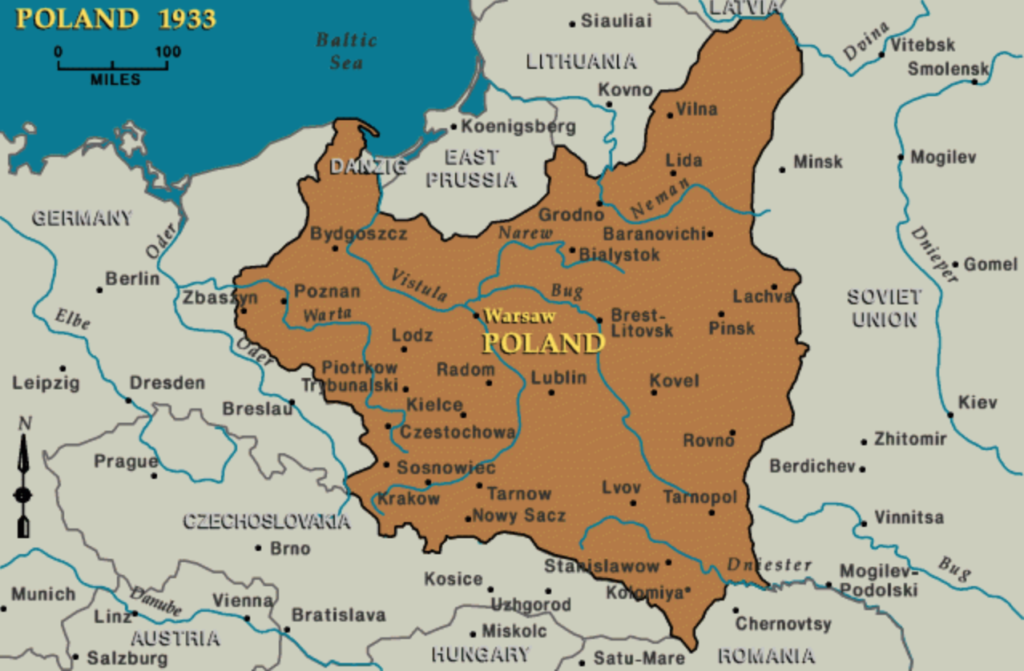Many people are familiar with the names Oskar Schindler and Miep Gies, and may even recall significant details about them; however, Irena Sendler was a lesser known, but perhaps even more prominent figure from World War II and the Holocaust. Irena’s father, a doctor, always taught her the importance of helping others. Although he died of typhus when Irena was only seven years old, she had already made many friends and connections through her father’s practice. Watching her father treat and triage Jewish patients who were poor and refused treatment by other Polish doctors taught her that religion and race do not matter. Irena saw firsthand the need that existed, and she was fixated on following in her father’s footsteps. Her desire and determination to help those most in need is what drove her to save over 2,500 Jewish children from certain death. Irena Sendler’s story was only discovered recently, and it deserves to be studied and shared widely. The world can use more helpers like Irena.
Sixth Grade ELA & Social Studies Unit Standards
RI.6.3 Analyze in detail how a key individual, event, or idea is introduced, illustrated, and elaborated in a text (e.g., through examples or anecdotes).
RI.6.6 Determine an author’s point of view or purpose in a text and explain how it is conveyed in the text.
RI.6.7 Integrate information presented in different media or formats (e.g., visually, quantitatively) as well as in words to develop a coherent understanding of a topic or issue.
SS Standard 2: Individuals have rights and responsibilities.
SS Standard 3: Societies are shaped by the identities, beliefs, and
practices of individuals and groups.
Compelling Question: Why Did Irena Sendler Choose to Save Jewish Children During World War II?
Why is this topic relevant to social studies education? Social studies compels us to learn about different people, about their identities and beliefs, and how these dynamics come into play within society. We must recognize our responsibility not only to ourselves, but to others, and to our community at large. Irena Sendler was a heroine who risked her own life in order to save others who were destined for death at the hands of Hitler and the Nazis.
What story am I trying to tell through my journey box? I’m trying to tell the story of one woman who courageously stood up for the rights of others, and therefore gave 2,500 children a chance to live. It’s important for students to explore how a single individual can challenge the beliefs and practices of a majority. By doing so, Sendler modeled the power one person can have, and how it can be used to do the right thing in the face of monsters and overwhelming adversity.
Here is a link to a comprehensive timeline of Irena Sendler’s life on the Irena Sendler website.
Maps of Warsaw, Poland, where Irena Sendler showed incredible bravery during World War II:
Before World War II, Warsaw was the center of Jewish life and culture in Poland. Warsaw’s prewar Jewish population of more than 350,000 constituted about 30 percent of the city’s total population. The Warsaw Jewish community was the largest in both Poland and Europe, and was the second largest in the world, behind that of New York City. The Germans occupied Warsaw on September 29, 1939. In October 1940, the Germans ordered the establishment of a ghetto in Warsaw. All Jewish residents were ordered into the designated area, which was sealed off from the rest of the city in November 1940. The ghetto was enclosed by a wall that was over 10 feet high, topped with barbed wire, and closely guarded to prevent movement between the ghetto and the rest of Warsaw.
United States Holocaust Memorial Museum, https://encyclopedia.ushmm.org/content/en/gallery/warsaw-maps


